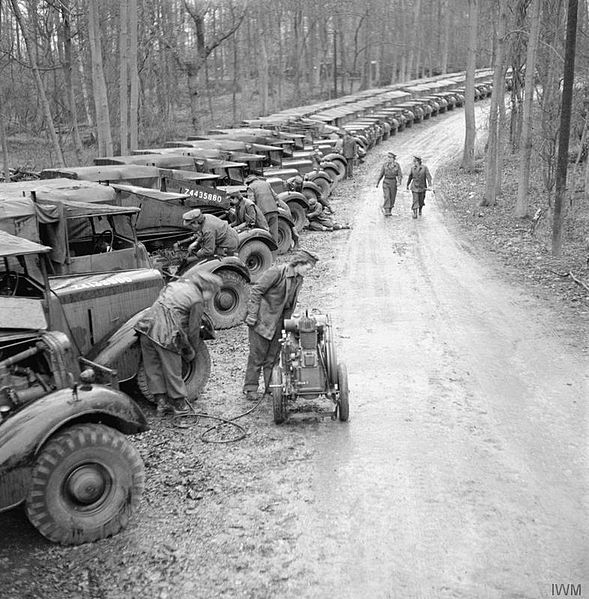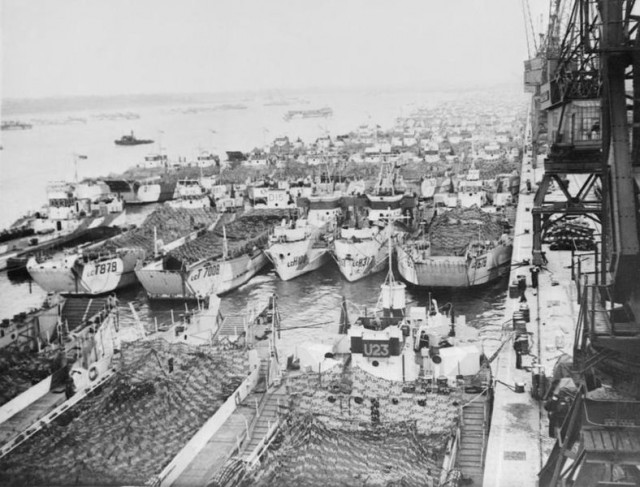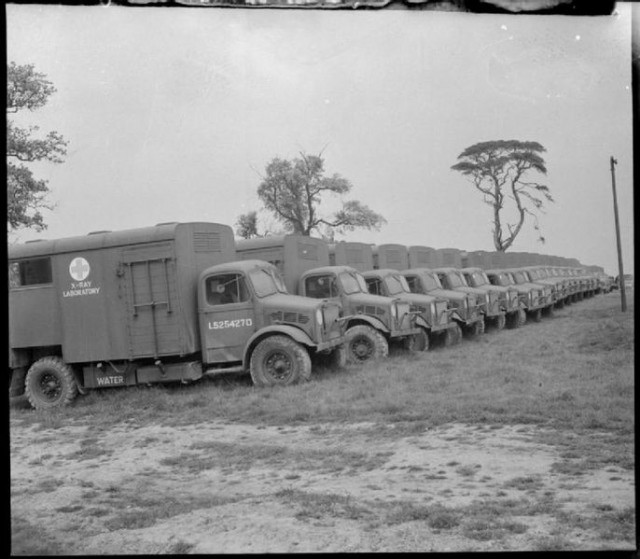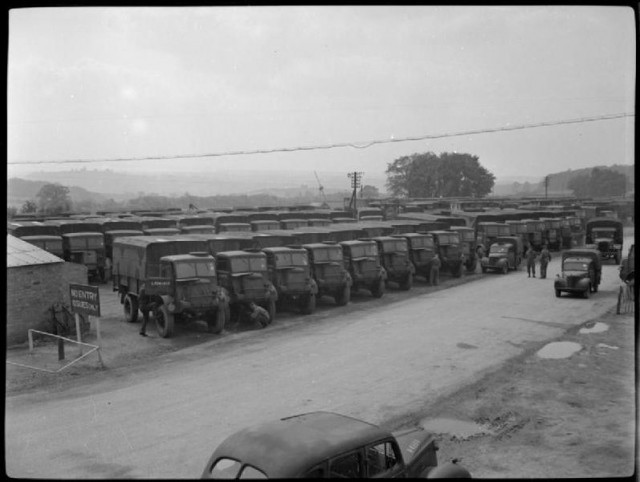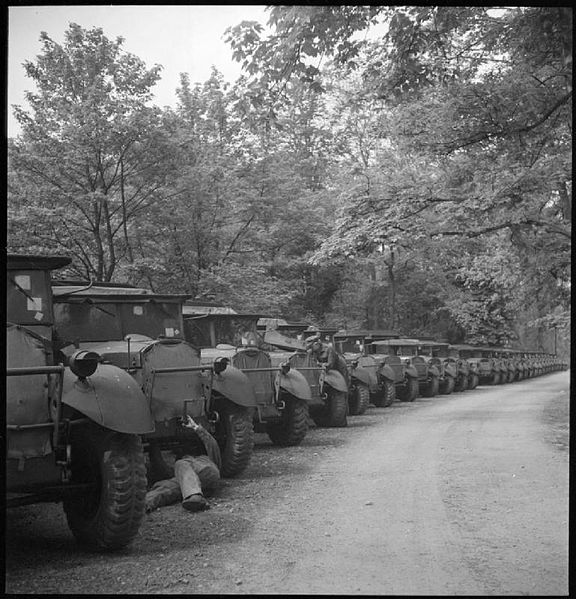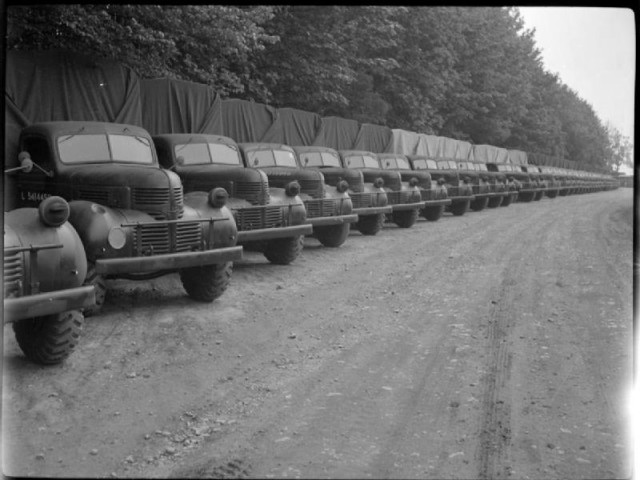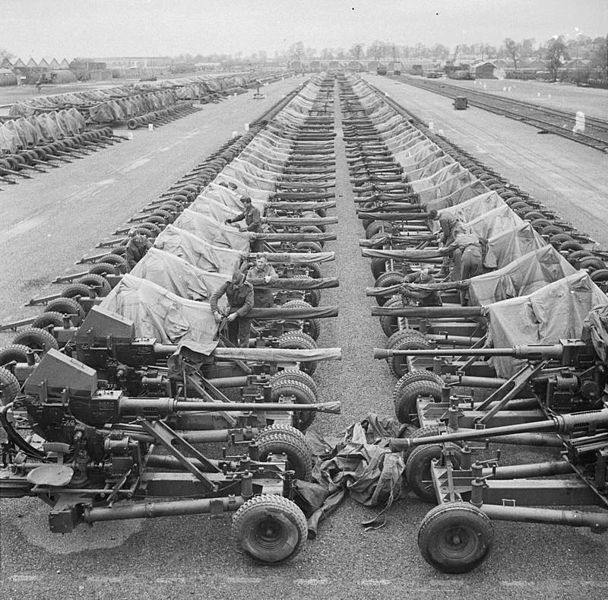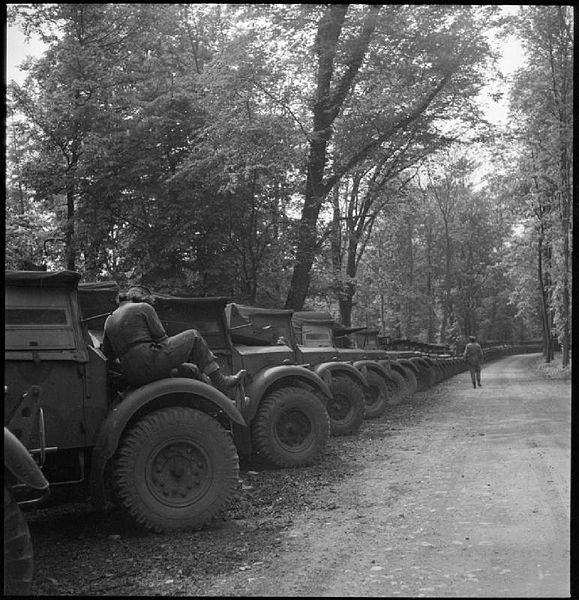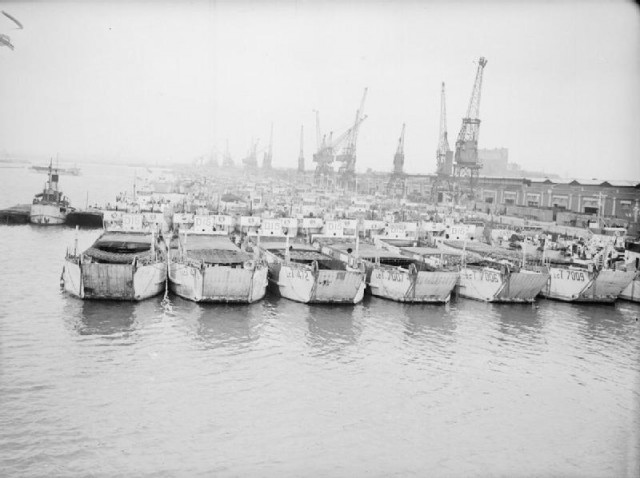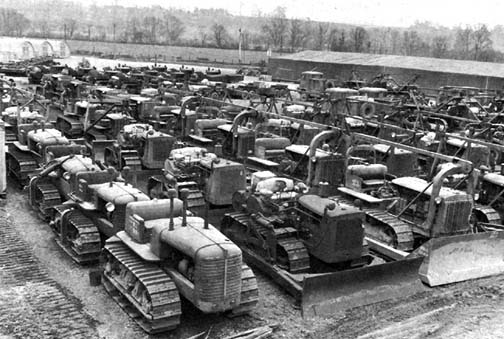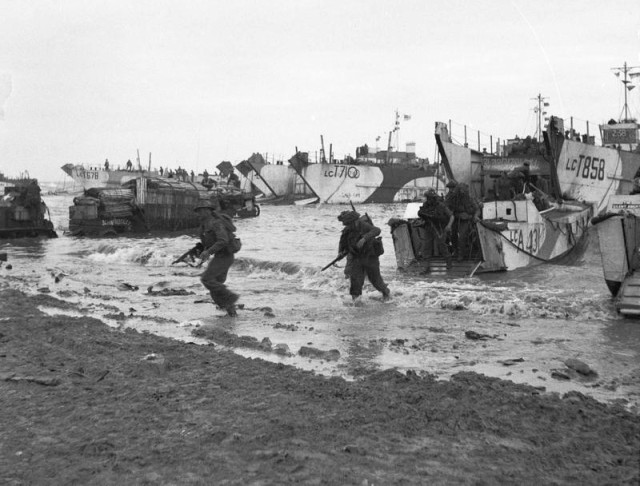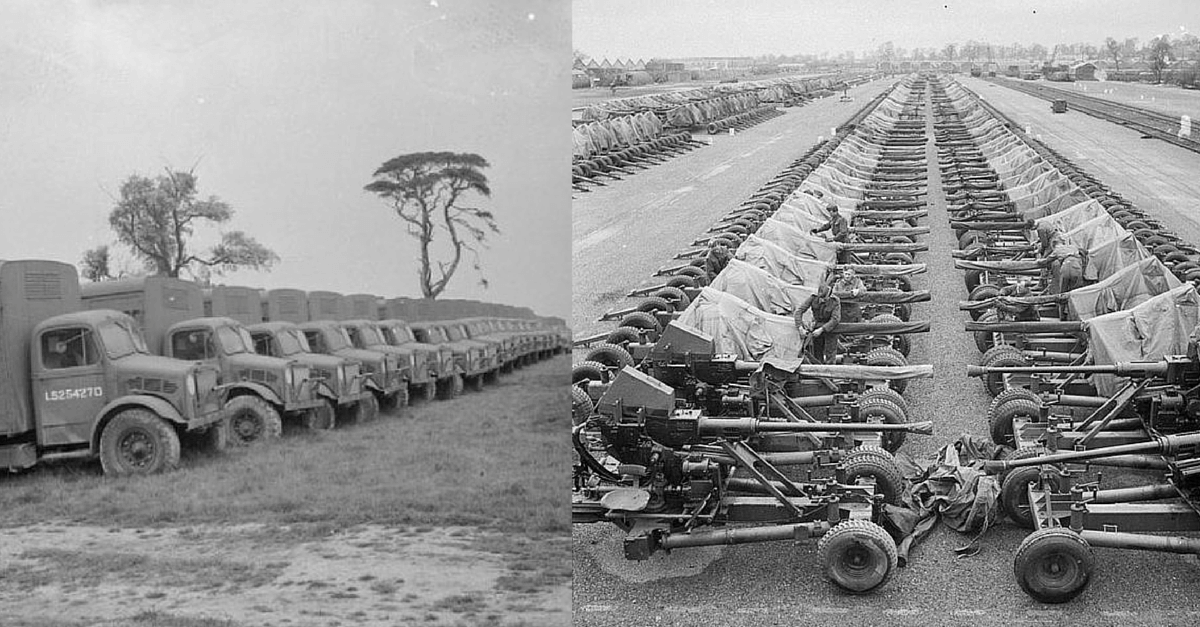D-Day, the Normandy Invasion in June 1944, was only possible after years of preparations and stockpiling men, vehicles, and material in England. In the months leading up to D-Day, the southern part of England started to look like one massive army camp.
Here are some numbers which give an idea of how many people were involved, and just how much equipment needed to be assembled for this huge amphibious invasion.
6,000,000 people: The number of people involved in the invasion from the Allied side. The largest numbers were American and British, but there were many others. Troops from all over the British Empire and English speaking world. Czechs, French, Hungarians, and Poles hoping to free their countries and Jews who had fled Austria and Germany. It was a remarkable alliance.
39 divisions: The number of Allied divisions in southern England immediately before the D-Day landings. Of these, 20 were from the USA, 14 British, 3 Canadian, 1 French and 1 Polish.
138 battleships, cruisers, and destroyers: This was the fleet that would bombard the French coast and protect the transports on their crossing.
287 minesweepers: The ships clearing the sea lanes for the Allied fleet.
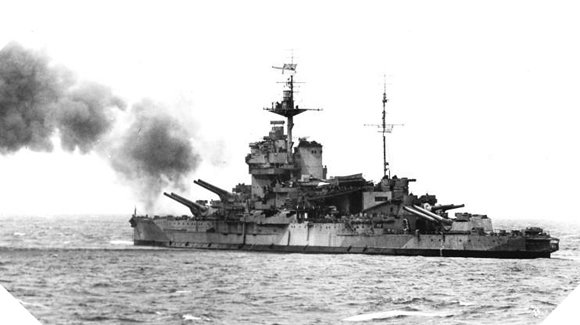
310 landing ships and 3,817 landing craft and barges: Over 4,000 vessels were used to transport the troops across the Channel and land them on the beaches of Normandy.
423 ships on the construction crew: Once the initial landings had taken place, infrastructure had to be put in to support and supply the invasion. 423 tugs and other ships carried out this construction work. Some transported and assembled the Mulberry harbors. Others laid pipes and cables across the width of the English Channel.
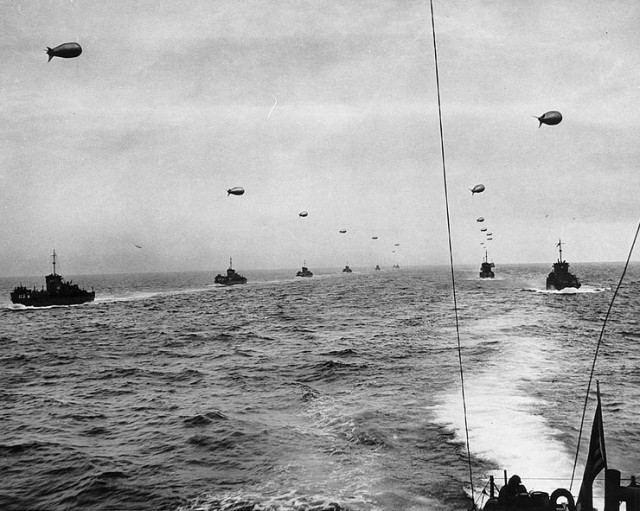
This included telephone lines connecting the commanders in the field with those back in London, where SHAEF – the Supreme Headquarters, Allied Expeditionary Force – contained the officers and staff commanding and coordinating the vast operation. Equally important was PLUTO – the Petroleum Line Under The Ocean – a pipeline used to pump fuel from Britain to the waiting Allied troops. Without it, every tank, transport and communications vehicle in the invasion force would soon have ground to a halt.
1,260 merchant ships: The civilian force tasked with transporting supplies for the army once it had landed.
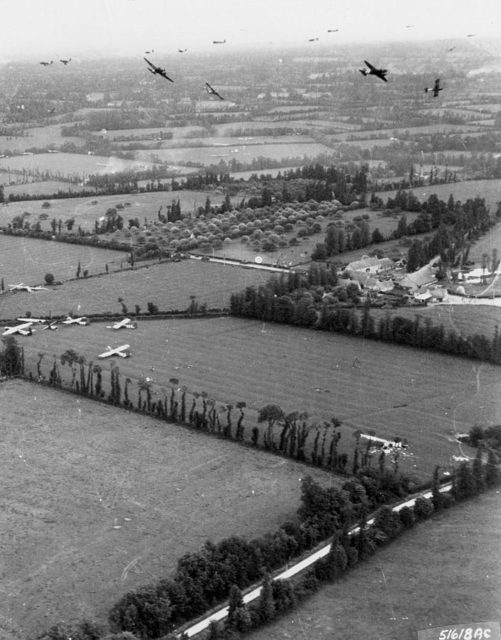
10,000 aircraft: The air force that participated in the operation, fulfilling three vital roles. Some of these planes were used to get troops into the action, dropping paratroopers behind the enemy line or towing gliders to the point where they could detach and make their landing runs.
Others were used to weaken German resistance to the invasion, bombing important fortifications and attacking formations of occupying troops. Thirdly, some had the task of holding the airspace above the beaches, taking out any planes the Luftwaffe brought into action. Without such defence, the troops would have been vulnerable to German air attacks as they crossed the open ground to reach the defenders.
4 British commanders: With the Americans contributing the most men and money to the operation, it was politically necessary for the man in overall command to be an American, and that man was General Eisenhower. But the execution of the landings fell to the four men immediately beneath him, all of them British. Air Marshal Sir Arthur Tedder was Eisenhower’s deputy in the operation so that the two top positions were split between the Allies.
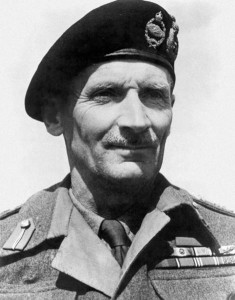
Admiral Sir Bertram Ramsay commanded the naval operations that kept the English Channel clear and saw thousands of men ferried from their starting point to the landing beaches. Air Chief Marshal Sir Trafford Leigh-Mallory commanded the aerial forces that provided support and transportation for the ground offensive.
And last but most famously, General Bernard Montgomery, veteran of the fighting in North Africa, commanded the ground forces. The lack of Americans in these key command positions caused some resentment among officers from the United States, but Eisenhower was experienced at managing the rivalries that arose between the two armed forces. It was his skill in handling these tensions that had earned him his prestigious position heading up the landings.
The lack of Americans in these key command positions caused some resentment among officers from the United States, but Eisenhower was experienced at managing the rivalries that arose between the two armed forces. It was his skill in handling these tensions that had earned him his prestigious position heading up the landings.
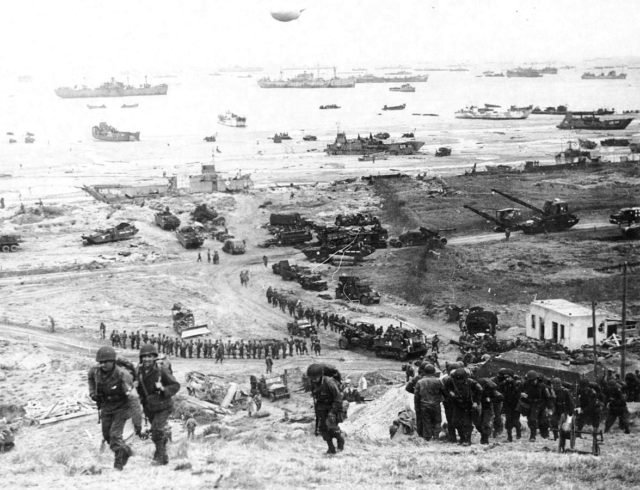
1 to 1 ratio: Equal numbers of British and American ground forces were to be used by Montgomery in the initial landings. The British would not be able to replace lost men and resources at the same rate as the Americans, and the balance of commitment would shift over time. To reflect this, Montgomery would be replaced by Eisenhower as ground commander once a significant enough beachhead had been established in occupied France.
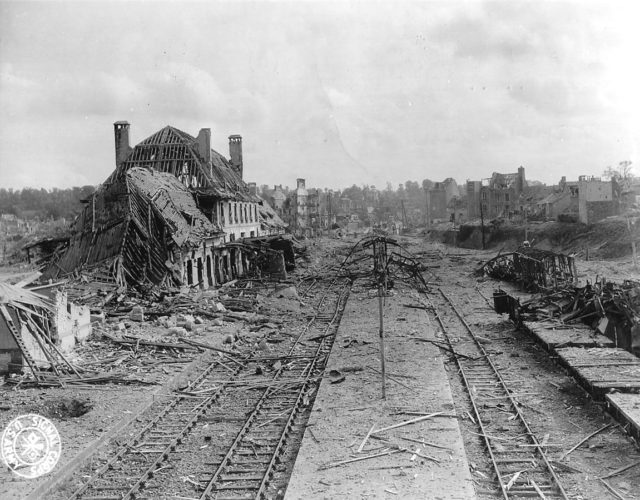
1,500 trains: The number of locomotives knocked out by French Resistance attacks and Allied bombing in the lead-up to the landings. This amounted to three-quarters of the trains available in northern France, reducing the Germans’ ability to move troops around.
18 bridges over the Seine: There were 24 bridges across the River Seine between Paris and the sea. Bombers and the French Resistance destroyed 18 of these prior to the invasion, further limiting German movement.
5,200 tonnes: The volume of bombs dropped on German defenses by the RAF as the invasion fleet set sail.
5 beaches: Allied forces arriving by sea landed at five points – Juno for the Canadians, Gold and Sword beaches for the British, and Utah and Omaha beaches for the Americans.
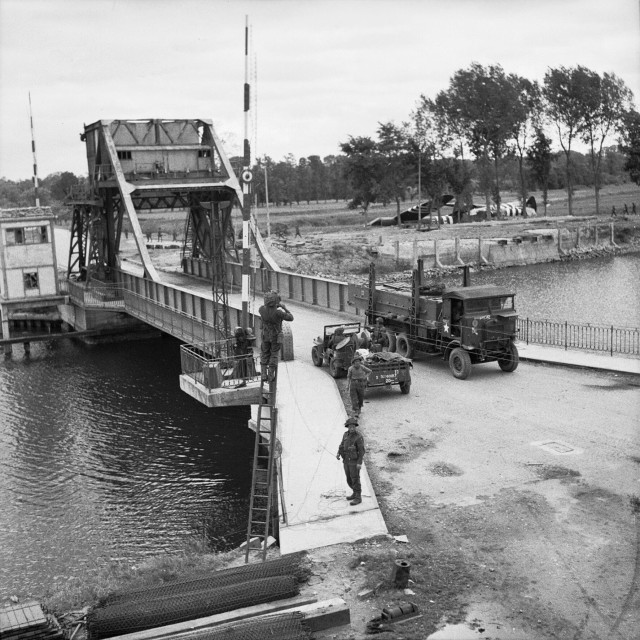
3 airborne divisions: 2 American and 1 British airborne divisions landed on the continent between midnight and 3am on the night the attack began.
20 airfields: To allow so many paratroopers and glider troops to be deployed, the aerial forces launched from 20 different airbases spread across south-east England.
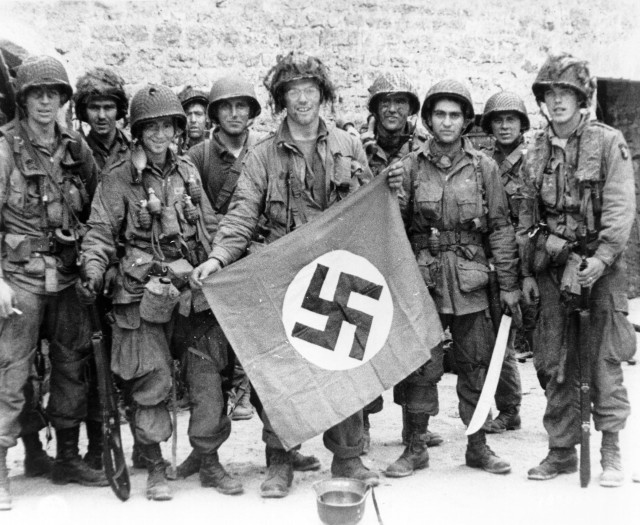
375 square miles: The area over which the American 101st Airborne were spread after weather and anti-aircraft fire scattered the planes carrying them, spreading their landing across the French countryside.
8 months: How long the Mulberry Harbour at Arromanches saw heavy use. It had been designed to last 3 months.
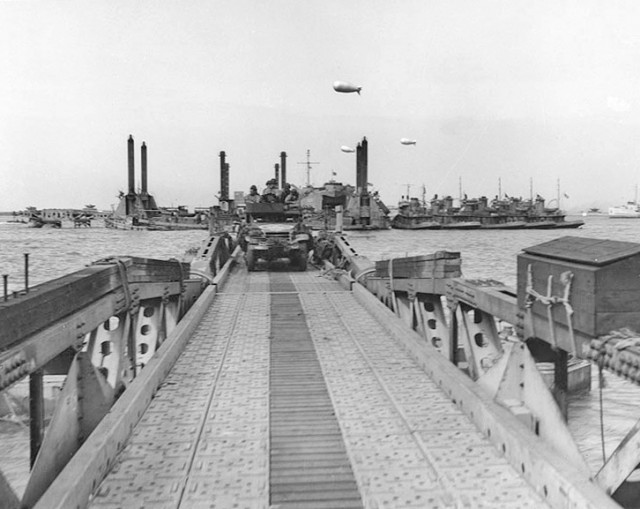
The pictures below show the massive build-up of this huge invasion force:
